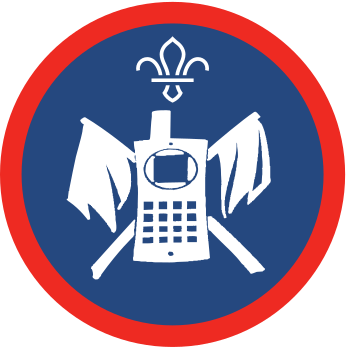Challenge in the post
You’ll need
- Pens or pencils
- A4 paper
- Envelopes
- Tables
- Chairs
- Access to the internet
- Smartphone, tablet or computer
In need of inspiration for your letters?
Head over to British Council and undertake this cultural communication challenge with your Scout pen pal.
Before you begin
- Use the safety checklist to help you plan and risk assess your activity. Additional help to carry out your risk assessment, including examples can be found here. Don’t forget to make sure all young people and adults involved in the activity know how to take part safely.
- Make sure you’ll have enough adult helpers. You may need some parents and carers to help if you’re short on helpers.
Setting up the activity
- Everyone in the group should think about languages that they learn about in school or use at home. If lots of people know some of the same words, see how everyone would feel about writing a letter in that language.
- Connecting with people in other countries needs to be done safely and several weeks in advance of the session. Before you get started, look at this guidance on international links and brush up on our safety and safeguarding procedures.
- Get in touch with an international contact who speaks the language the group knows and let them know what you’re doing. Work out how long it should take for them to receive a letter from your local post office, and how long it might take for a reply to arrive. You could also invite along any adult helpers, Young Leaders or other older members who know about the language and could help with the letters.
- Keep some spare paper in case anyone makes a big mistake and wants to start again.
Run the activity
- The person leading the activity should write the address of their international contact on the front of the envelope. If there’s time, draw a box in the top left corner of each sheet of letter paper for the return address.
- Everyone should start by writing between 100 and 150 words about who they are and asking some questions to find out about the contact. If you need one, load up an online translating tool to help.
- A good place to start is for everyone to ask about topics to do with Scouts in the contact’s country. The number of words is just a guide – some people may write more and others will write fewer.
- The person leading the activity should check what everyone’s done so far and make sure that no-one’s given away any personal details in their letter.
- Everyone should write down a challenge for the contact to do once they receive the letter. They should try to think of a challenge that’s accessible for everyone and include ways to make it easier or harder. This could be to cook something on a campfire, have a big group wide game, or to find out something from the history of Scouts. If the challenge is complex, people may want to write it in the language they’re most comfortable using.
- Once everyone's happy with their challenges, each writer should finish off their letter with an invitation to receive their own challenge. Everyone should put the return address on the top left of the page and sign their name. If there’s time, everyone could decorate their letters.
- Everyone should fold their letters in half and slip them into the envelope. Then seal and post the envelope as soon as possible.
- If people reply, the person leading the activity should check all of the replies to make sure they’re safe and appropriate, including any challenges they suggest.
Reflection
This activity is about bringing people together. How did setting the contact a challenge help people feel closer to others? Everyone could think about how both people are part of the Scout movement.
What other things might they have in common? What are people hoping to discover about their contact? A big part of exploring culture is all about discovering differences and things people have in common.
Safety
All activities must be safely managed. You must complete a thorough risk assessment and take appropriate steps to reduce risk. Use the safety checklist to help you plan and risk assess your activity. Always get approval for the activity, and have suitable supervision and an InTouch process.
- Online safety
Supervise young people when they’re online and give them advice about staying safe. Take a look at our online safety or bullying guidance. The NSPCC offers more advice and guidance, too. If you want to know more about specific social networks and games, Childnet has information and safety tips for apps. You can also report anything that’s worried you online to the Child Exploitation and Online Protection Command. As always, if you’ve got concerns about a young person’s welfare, including their online experiences, follow the Yellow Card to make a report.
For the Communicator Activity Badge, people need to write around 150 words in the other language.
Confident writers could try to do even more; remember the guidance on flexibility where needed. People can use translation tools or dictionaries to make it easier.
You could explore other ways of communicating – maybe some people who aren’t keen on writing would rather send a voice recording, for example.
People could also type their letters or work in pairs to think of ideas that one person could write down.
All Scout activities should be inclusive and accessible.
If anyone wants to keep writing their letter and manages to write 600 words, they’ll have met a requirement of the Scouts Writer Activity Badge.
Allow young people to ask what they wish, as appropriate, so they can try to find common ground with someone from another culture.


